Six
October 2013
'Striking' doesn't even begin to capture the monumental design shift that Apple introduced in iOS 7. One look at forScore 6 and it's obvious that things have changed, but screenshots can't tell the whole story. As polarizing as iOS 7 was, it gave developers more freedom to focus on the function and interactivity of objects, not just their static design. As liberating as it was for future updates, much of forScore 6's development was consumed by this brute force redesign.
Despite that diversion, forScore 6 included some great new features. The addition of libraries, duration, and key helped users organize their music more effectively. Cue, the Bluetooth-based remote control system that has since spawned its own standalone app and an SDK for other apps to use, made a big splash when it debuted. Support for embedded PDF annotations was an important and complex addition and, while it may not seem flashy, is a key feature for many musicians looking for a music reader app.
We also got creative and developed an incredibly innovative way for users to add or edit metadata for their files from the comfort of their computer. Although we had considered making a desktop app, we knew we didn't have the resources to maintain a version for each major operating system. Instead, we embedded a web server into forScore and let users work from their web browser on their local wireless network.
Finally, with version 6.1, we added MIDI integration to forScore. Of course, MIDI isn't a single thing, and we had long delayed tackling it for lack of a clear end goal or common use case. With a lot of thought and help from our users, we found several great opportunities to weave MIDI functions into our app.
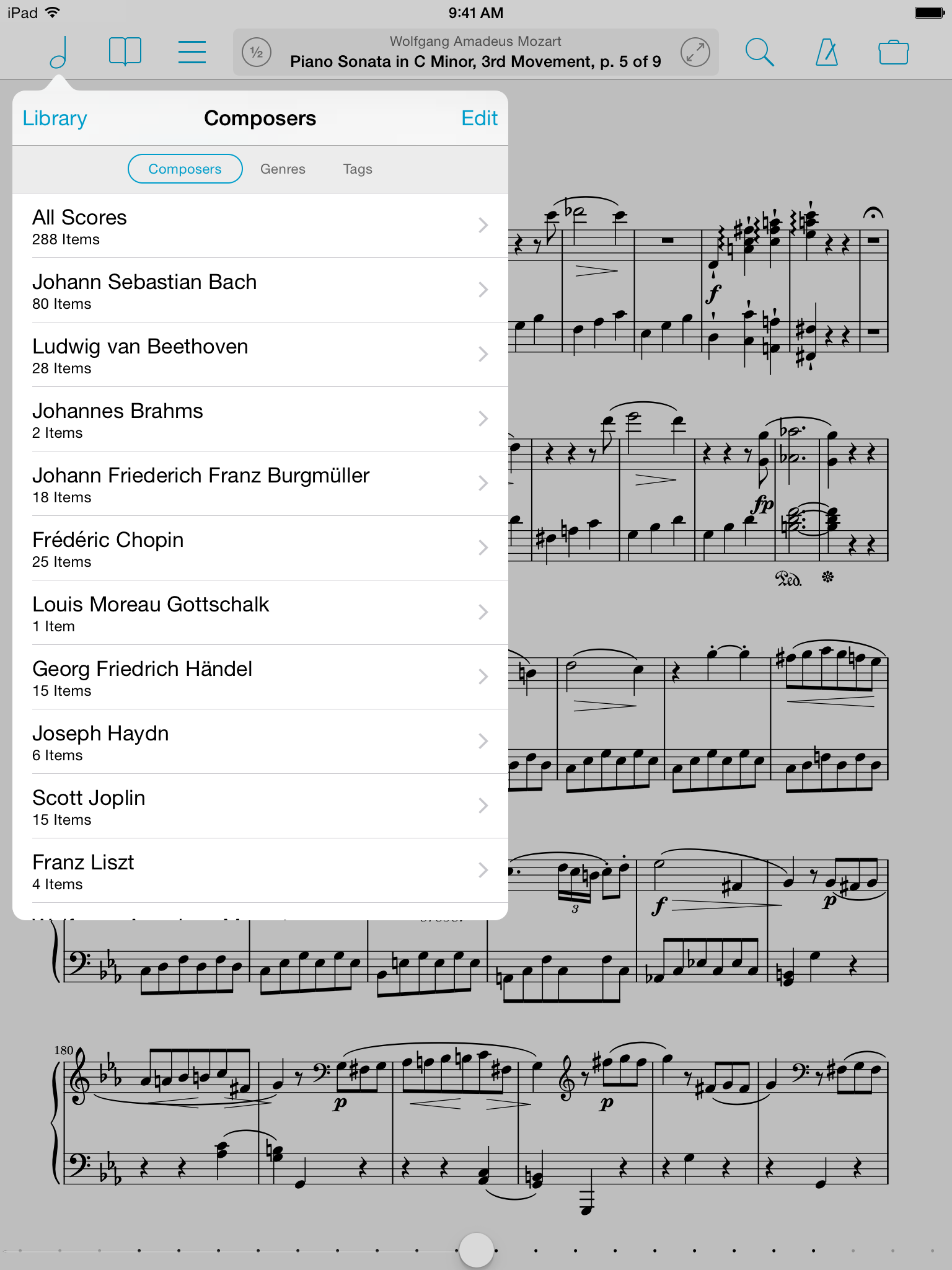
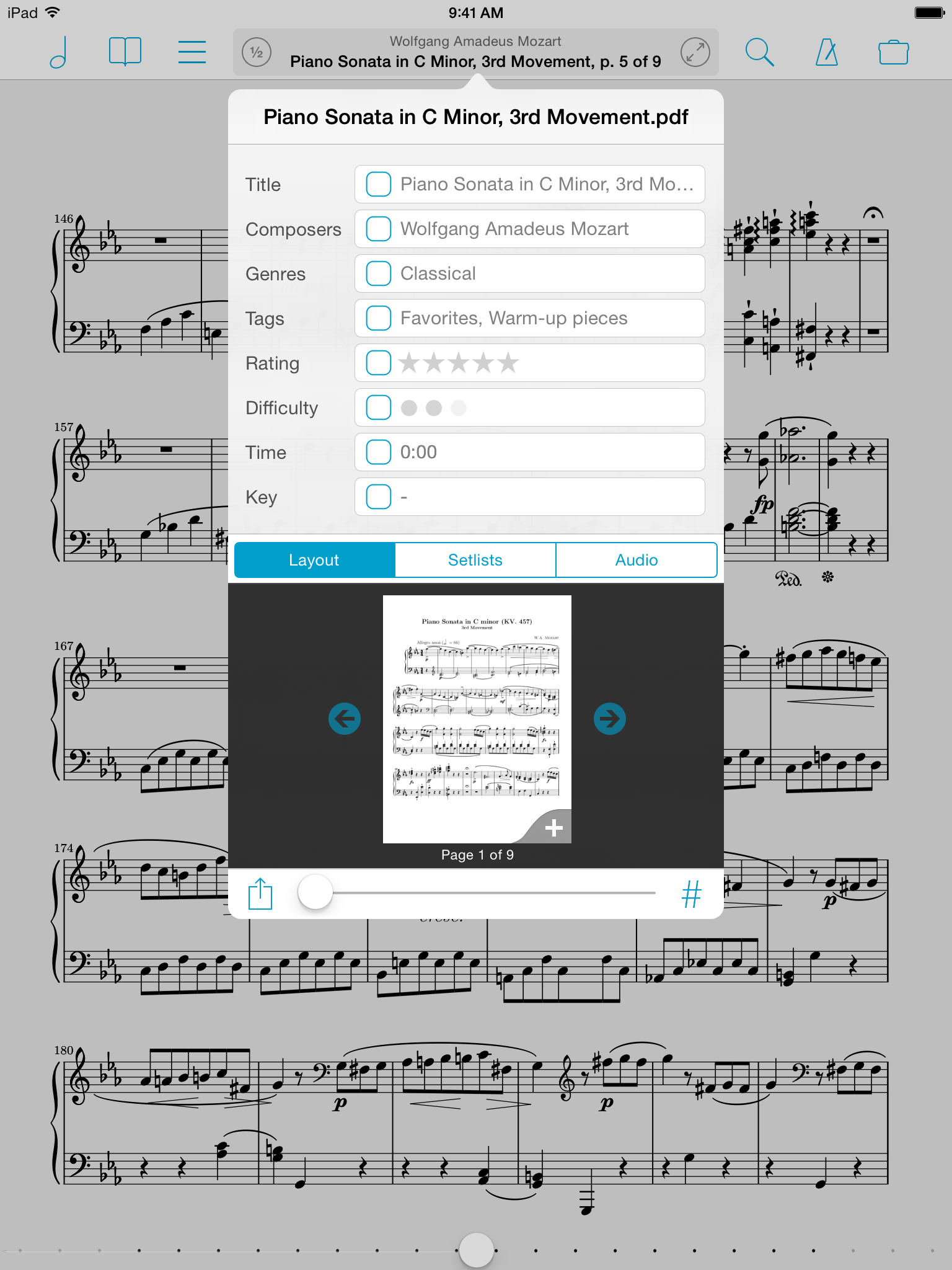
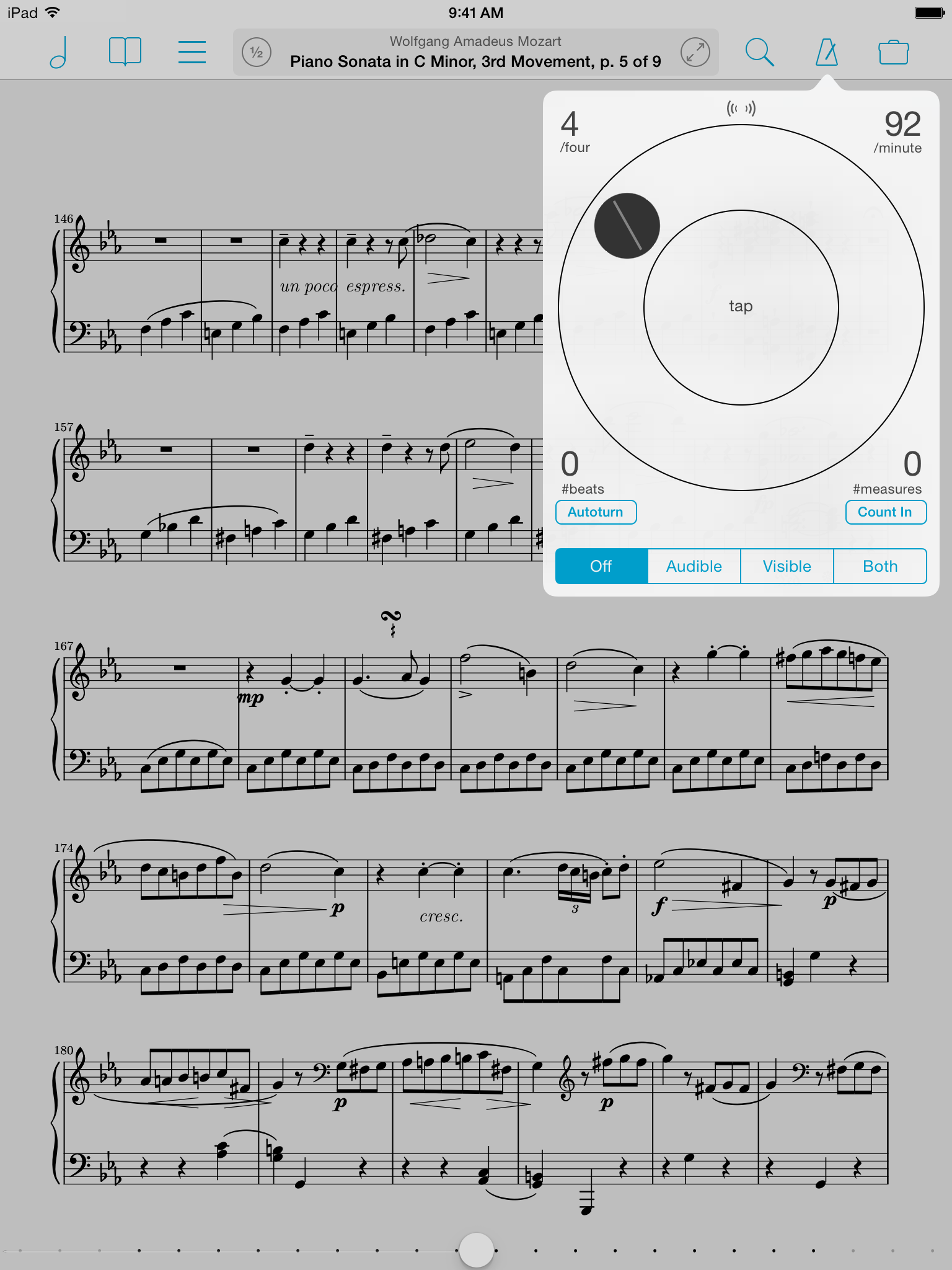
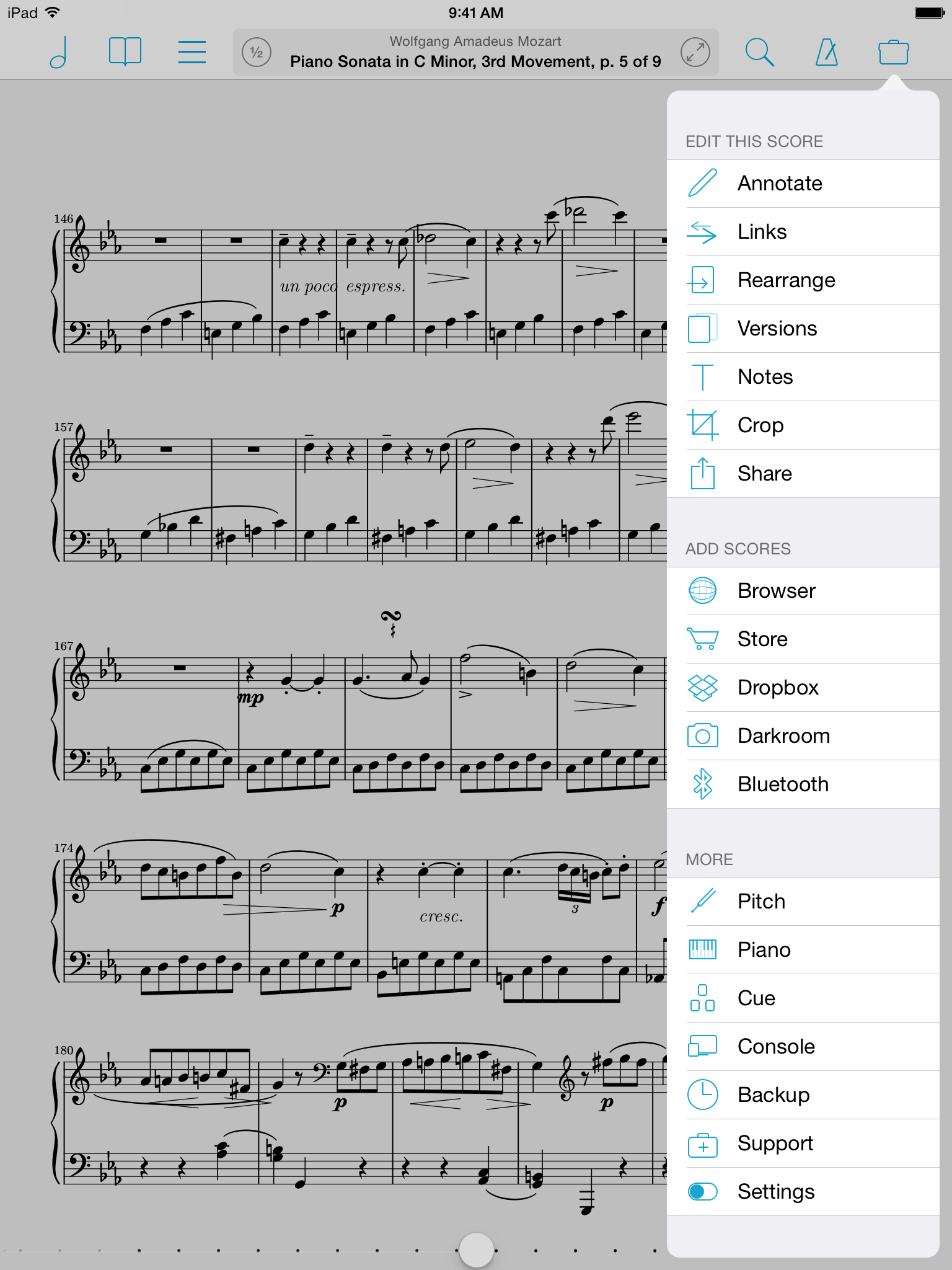

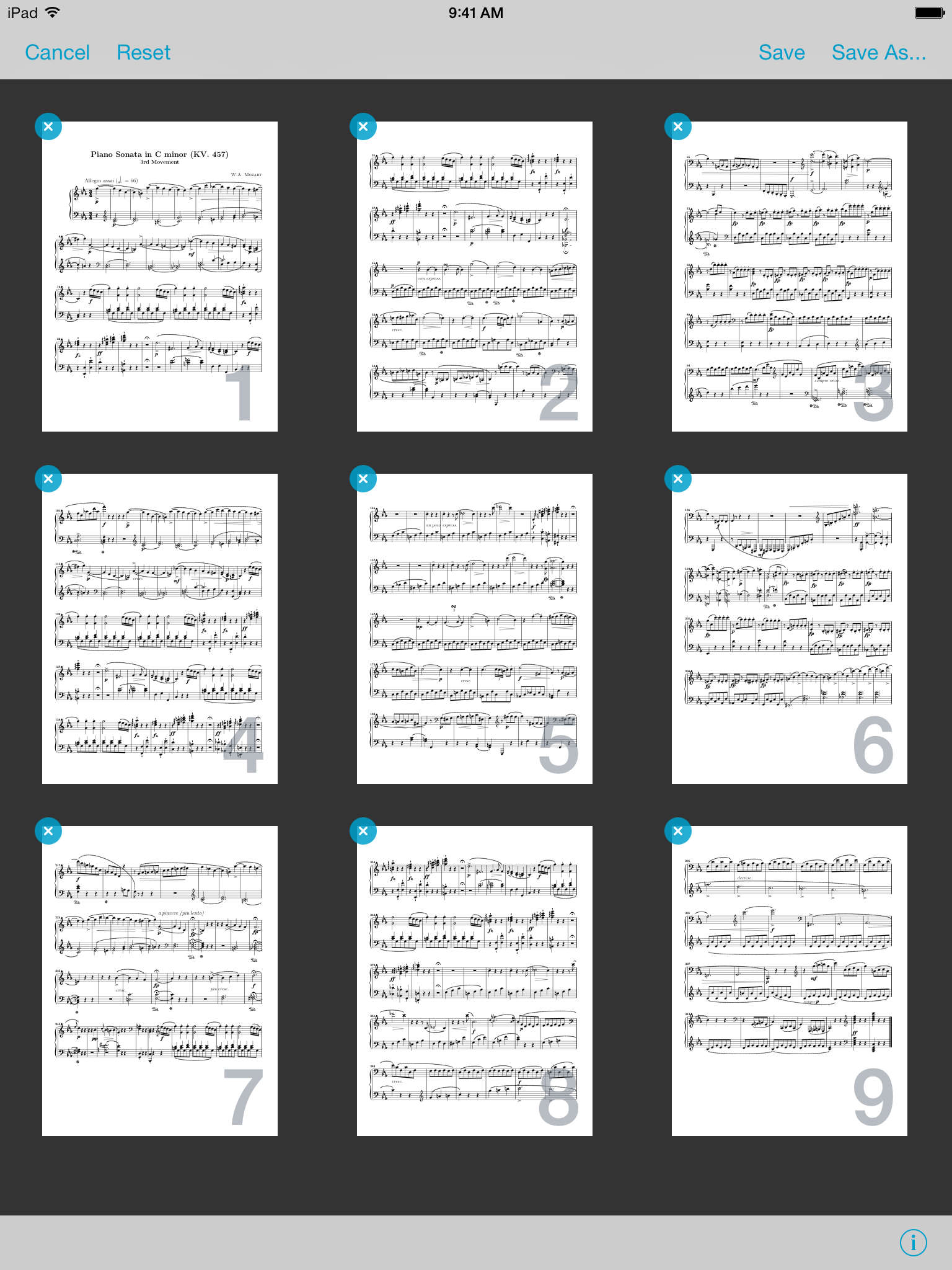
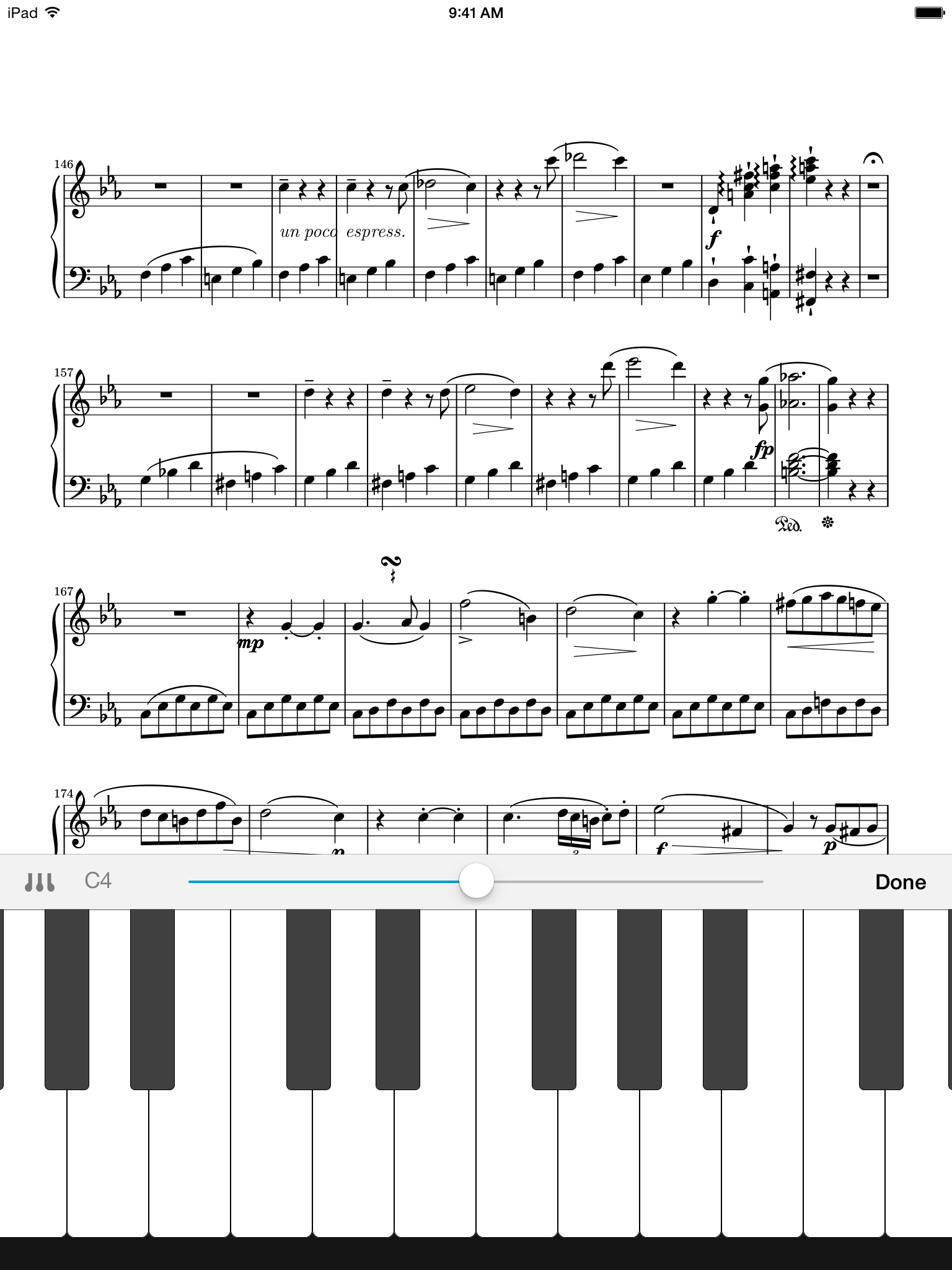
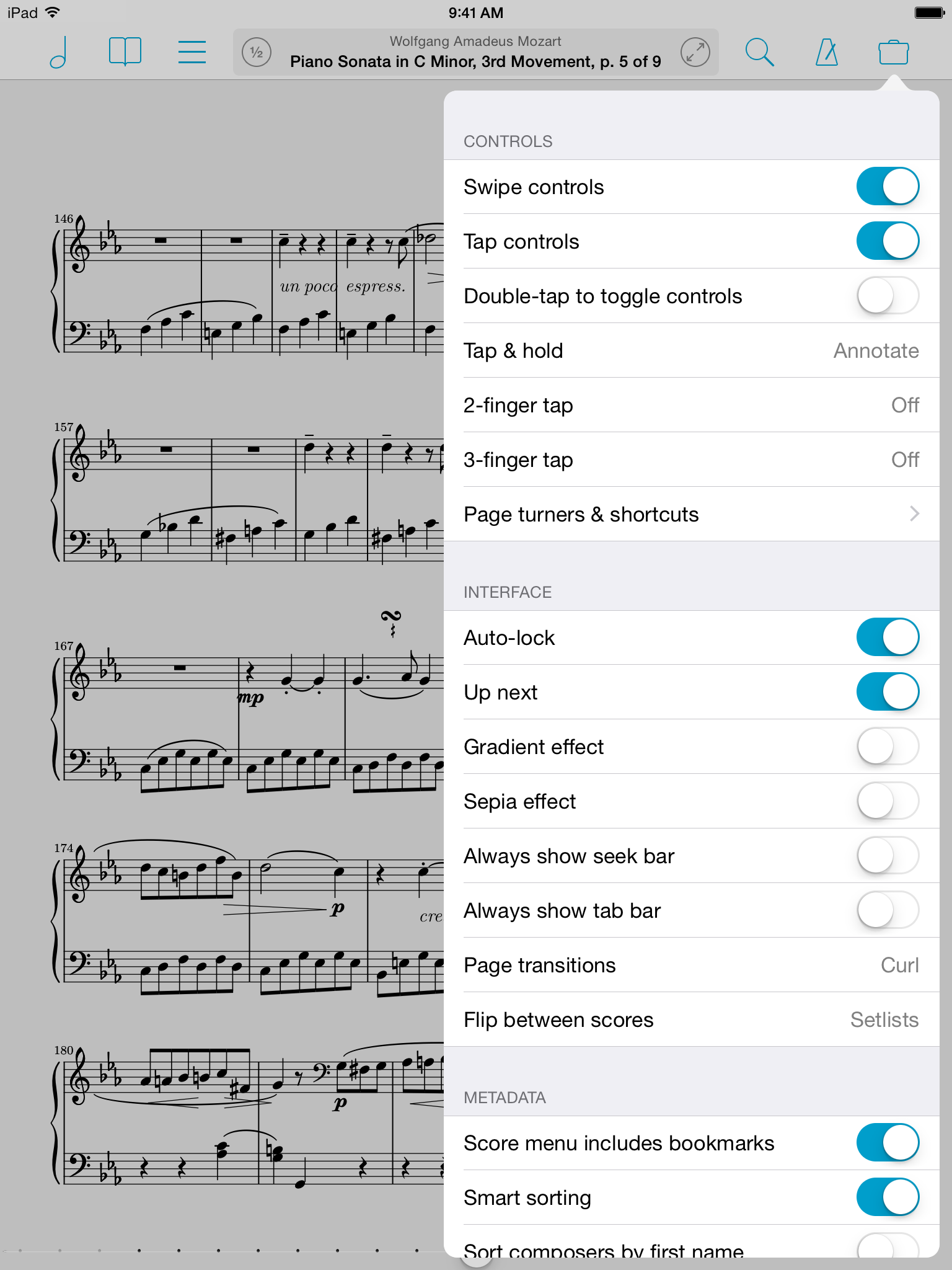
 MIDI integration
MIDI integration